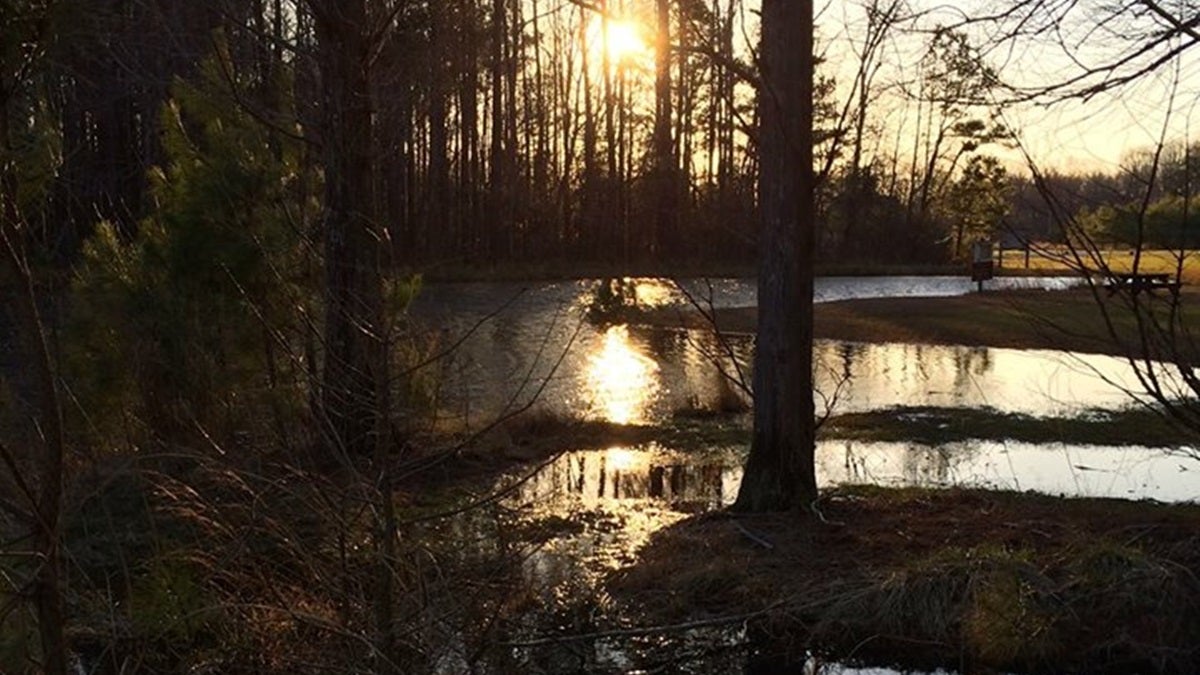Health of Delaware’s waterways [video]

(DNREC photo)
Except for the beaches, nearly all of Delaware’s waterways are polluted.
“We can’t eat our fish from the St. Jones. We can’t swim in too many parts of the Inland Bays. The Christina and Brandywine Rivers are laced with toxic pollutants,” said Delaware Gov. Jack Markell in his 2014 State of the State address. “This is embarrassing. This is unacceptable. We must change it.”
Markell pitched an initiative to clean up Delaware’s waterways that came with a $45 annual fee to be shouldered by taxpayers. But during an election year, it was a tough sell among the state’s lawmakers, many of whom were up for re-election. Ultimately, Markell’s clean water push fell flat.
“The proposal really was intended to generate additional financial resources to accelerate a lot of the good work that we’ve done,” said David Small, Secretary of the Dept. of Natural Resources and Environmental Control.
Small said while the large infusion of cash would have allowed DNREC to accomplish more faster, his priorities to clean the state’s rivers, lakes and streams within the agency’s existing budget remain the same.
Mirror Lake
Cleanup is a big part of DNREC’s annual budget. Nearly a million dollars was spent to rid Dover’s Mirror Lake of PCBs. Polychlorinated biphenyls are not used anymore, and are considered “legacy contaminants” from Delaware’s earlier industrial age.
“Back before there were strong federal, state, local laws and regulations, there were a lot of contaminants that were released to the environment that are very persistent. They don’t break down easily,” said Dr. Rick Greene, an environmental engineer with DNREC.
Because of the PCB levels there, a fish advisory has been in place for Mirror Lake since 1988. Consumption of large amounts of PCBs could make you sick.
Without any intervention, Greene and DNREC Hydrologist John Cargill estimated it would be 50 years before the state could lift the fish advisory, but they wanted to hurry Mother Nature along.
“A year and a half ago, we had applied approximately 80 tons of an activated carbon product called SediMite to the pond itself,” Greene said.
Cargill said the carbon grabs a hold of the toxics, in this case PCBs, so it’s no longer dissolved in the water and able to migrate up the food chain. And the results exceeded both Greene’s and Cargill’s expectations.
“We’ve gotten a 60 percent reduction in the PCB concentration in the fish in a single year. We’re hoping for a 70-90 percent reduction in 3 to 5 years, so we are well on our way,” Greene said.
“At the end of the day what an amazing test that we’ve done here and now we know we can use it in other places in the state,” said Cargill, adding the technology will be applied next to the Little Mill Creek in New Castle County.
The million dollar cleanup and restoration project at Mirror Lake was part of the state’s Watershed Approach to Toxics Assessment and Restoration Project, or WATAR.
Under the initiative, DNREC monitors the state’s watersheds against those stubborn contaminants by taking sediment, water and fish tissue samples. Based on the results, DNREC prioritizes where to do cleanups and where to funnel its resources.
Legacy contaminants
Over the past century, Delaware’s industrial and agricultural past, poor wastewater management, as well as lax regulation over storm water runoff all had a hand in dirtying Delaware’s waterways.
“We are living with a legacy of uninformed practices,” Small said. “We’ve applied a lot of material to the land that, over time, we’ve come to learn have an impact on our soils and our water quality.”
Now that we know better, Small said the state has passed new storm water regulations, tightened standards on septic systems and enforced changes to industrial and farming practices statewide to keep any new contamination out.
And Small said those changes are starting to pay off, pointing to the Wilmington Riverfront as an example. “That land has been repurposed, it’s providing additional revenues to the city and the county, and we’ve been able to work with developers to get that area cleaned up so that the impacts to the Christina are much, much reduced now,” he said.
But change comes slowly when it comes to water, often with decades lapsing before any significant cleanup is detected.
Dollar signs
“People use water on a daily basis, they don’t think about it,” said Small about why clean water is often taken for granted.
Naturally, safe drinking water is a top priority, but there’s also a financial incentive to cleaning our water.
“Our outdoor recreation economy is a huge driver here in the state of Delaware,” said Small. “I think that the knowledge and peace of mind that people may have with knowing that our waters are safe and do meet standards would absolutely have an economic benefit.”
“When people go out, they do a fishing trip, they’re not only paying the boat captain, but they may be buying gas, they may be buying soda, they may be buying a sub, they may be buying tackle — they’re buying all these things and that money goes back into the economy,” Greene said. “It also makes sense to have a clean environment from the standpoint of eco-tourism. You know, people do not like to go out and kayak, or canoe or go boating in highly contaminated waters.”
This report kicks off the Delaware portion of a two-year, tri-state water project at WHYY and NewsWorks thanks to a grant from the William Penn Foundation.
WHYY is your source for fact-based, in-depth journalism and information. As a nonprofit organization, we rely on financial support from readers like you. Please give today.





